Winter solstice. Solstice.
It's no secret that the day of the winter solstice is not quite the usual time of the year, which is characterized by the shortest day and This astrological phenomenon is associated with the movement of the Solstice falls on December 21 or 22. And if before this time the daylight hours became shorter, then after that it is observed gradual increase.
The day was great symbolic meaning for ancient cultures. Almost every nation celebrated this day in its own way, and some traditions have survived to this day.
Winter Equinox vs Solstice: What's the Difference?
Although these terms are often confused, they are quite different. The solstice can be observed twice a year, namely in December and June. winter month marked by the most long night June is the longest day.
Quite often, the winter equinox is confused with the solstice, which is wrong. The equinox can also be observed twice a year - in May and September. These last exactly as long as the night.
Day of the winter solstice in the culture of the ancient Slavs
Considered (the day of the solstice) the beginning of the new year. It was on this day that the month of caroling began. It was believed that in certain time day, a new sun god is born - Kolyada. This deity symbolized good weather and harvest. That is why the celebrations in his honor lasted approximately 21 days.
At Svyatki, people dressed in new, expensive clothes, set tables and wished each other good luck. The Slavs believed that a person would spend the New Year exactly the way he met it. In addition, the day of the winter solstice was considered a magical period, when the line between the world of the living and the dark forces became very thin. To scare away evil spirits, bonfires were built everywhere, and people dressed up in costumes of animals and supernatural beings.
One more interesting tradition- These are carolers. Young girls and boys gathered in small groups and traveled from house to house, congratulating their owners on the coming year and wishing them good luck and prosperity. And as a reward, young singers received sweets and other treats. By the way, this tradition is still alive today.
Winter Solstice and German Yule
The Germanic tribes also celebrated this day, considering it a transitional point between the old and the new year. Like the Slavs, the festivities were accompanied by bonfires. Key moment- this is the burning of a large symbolic log, the coals of which were then mixed with grain. In addition, houses, streets and trees were decorated with burning candles - this is how people asked for help and protection from the spirits of their dead ancestors. By the way, fiery decorations became the prototype of modern garlands.
But that's not all. Here the tradition was born to decorate houses with branches of evergreen trees - fir trees, mistletoe, ivy and holly. Such scenery was a symbol and a reminder that the night and the cold would definitely recede.
The winter solstice and its role in history
In fact, this time of year was considered magical not only among the Germanic and Slavic tribes. It was celebrated by the ancient Celts, as well as the inhabitants of the east, including China and Japan. For centuries the inhabitants ancient world worshiped their own gods, performed sacrifices and looked to the future with faith.
But even now, some traditions have been preserved. Only now people around the world are celebrating Christmas. Yes, it is interesting that the birth of Jesus was not originally timed to coincide with any date and was celebrated in the spring. Only many years later, Christmas was moved to the end of December. And to this day such pagan traditions like a Christmas tree, mistletoe wreaths, carols, a gala dinner and gifts.
The winter solstice in 2017 is December 21st.
The time of the winter solstice occurs when the axis around which our planet rotates, in the direction from the Sun, takes its maximum mark. The largest value of the angle of inclination of the Earth's axis with respect to the Sun is 23° 26". Depending on the shift calendar days, the period of the winter solstice in the Northern Hemisphere occurs either on December 21 or 22, and in the Southern Hemisphere on June 20 or 21.
Different cultures interpreted this event in different ways, but most peoples perceived the winter solstice as a rebirth, setting the beginning of a new one. At this time, festivals, holidays, meetings were held, appropriate rituals were held, mass celebrations with songs and dances.
The solstice was a special moment of the annual cycle even during the New Stone Age (Neolithic). Thanks to astronomical events that from ancient times have controlled the crops of grain crops, the provision of food until the next harvest, the mating periods of animals, it is possible to trace how various traditions and myths. Evidence of this can be considered the layout of the oldest monuments of the late New Stone and Bronze Ages. Such as Stonehenge (Great Britain) and Newgrange (Ireland), the main axes of which were aligned with special care and indicated the rising of the luminary in Newgrange, and the sunset in Stonehenge on the day of the winter solstice. It is noteworthy that the Great Trilith (the design of the "letter P" of the three most big stones) in Stonehenge is turned outward relative to the center of the monument in such a way that its front flat part turns out to be facing the Sun by the middle of winter.
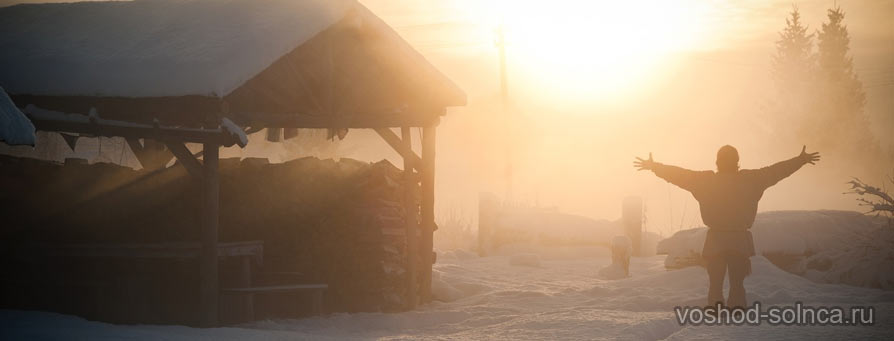
One of the most significant holidays, revered by our ancestors, were the days of Solstice and Equinox. Rotation, solstice, solstice, equinox - personify the four hypostases of the ancient Slavic god The sun of Dazhdbog, the giver of light and heat. His name sounds in a short prayer that has survived to our time: “Give, God!”. According to popular beliefs, Dazhdbog opens the summer and closes the fierce winter.
The Slavs considered this holiday a time of renewal and the birth of the Sun, and with it all living things, a time spiritual transformation, a time conducive to both good material changes and spiritual ones. The night that precedes the day of the winter solstice is considered the patroness of all nights, because it is on this night that a young sunny baby is born to the Goddess - Dazhdbog, symbolizing the birth of life from death, order from chaos.
During the winter solstice, the Slavs celebrated the pagan New Year, which was personified with the deity Kolyada. The main subject of the festival was a large fire, calling and depicting the Sun, which, after one of the longest nights of the year, had to rise higher and higher into the heavenly heights. It was also obligatory to bake ritual New Year's pies of a rounded shape, reminiscent of a heavenly body.
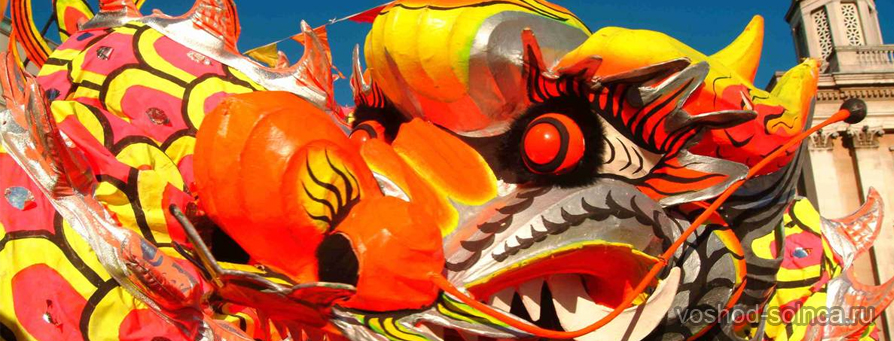
These days, in Europe, pagan festivities will mark the beginning of a 12-day cycle of magnificent festivities, which marked the beginning of the renewal of nature and the beginning of a new life.
In Scotland, there was a tradition to start a burning wheel, symbolizing the solstice. The barrel was abundantly smeared with resin, set on fire and launched down the hill, resembling a fiery luminary with rotating movements.
In China, earlier than all other seasons (and Chinese calendar 24) the winter solstice was determined. The Chinese believed that it was from the beginning of this period that the male force of nature was growing stronger and giving rise to a new cycle. The winter solstice was a worthy celebration, because it was considered a happy, successful day. Everyone, from the commoner to the emperor, rested and had fun on this day, showered each other with gifts, went to visit, covered large tables laden with various dishes. An important role on this special day was given to sacrifices to the ancestors and the God of Heaven, the corresponding ceremonies and rituals were carried out. in order to protect yourself from diseases and evil spirits. The winter solstice is still one of the Chinese traditional holidays.
Hindus call the winter solstice Sankranti. The holiday was celebrated in both Sikh and Hindu communities, where at night, on the eve of the festival, bonfires were lit, the flame of which resembled the rays of the Sun, which warm the earth after a cold winter.
The winter solstice in 2016 falls on December 21st. The solstice is one of the two days of the year when the height of the sun above the horizon at noon is minimum or maximum. There are two solstices in the year - winter and summer. Winter solstice starts December 21, 2016 at 10:45 UTC or 13:45 Moscow time, when the Sun enters 0° Capricorn. The winter solstice is an astronomical phenomenon; occurs when the tilt of the Earth's axis of rotation away from the Sun takes highest value. The maximum angle of inclination of the earth's axis relative to the Sun at the time of the solstice is 23° 26". long night the year when the sun is at its lowest in the sky.
The seasonal significance of the winter solstice consists in a reversal of the gradual lengthening of the night and the shortening of the day. Depending on the calendar shift, the winter solstice occurs on December 21 or 22 in the Northern Hemisphere and on June 20 or 21 in southern hemisphere. Direct observation of the solstice by amateurs is difficult because the sun moves rather slowly towards the solstice, so it is difficult to determine its particular day, let alone its instant. Knowing the timing of an event's origin has only recently been made possible down to almost instantaneous times by precise tracking of astronomical data. The actual moment of the solstice cannot be detected by definition (it is impossible to notice that the object has stopped moving, it can only be stated that in the current measurement the object has not changed position compared to the previous measurement, or has moved to opposite direction). In addition, to determine an event with an accuracy of one day, one must be able to observe changes in azimuth and height less than 1/60 angular diameter Sun. A similar definition, accurate to within two days, is easier, requiring an observational error of only about 1/16 of the Sun's angular diameter. Thus, most observations state the day of the solstice, and not its instant. Often this is done by watching the sunrise and sunset, with an astronomically calibrated instrument that ensures that a beam of light passes to a specific point exactly at right moment time.
AT different cultures the interpretation of this event was perceived in different ways, but among most peoples it was regarded as a revival, at this time holidays, meetings, rituals and other celebrations were held.
In Russian folklore, a proverb is dedicated to this day: the sun - for the summer, winter - for the frost. Now the day will gradually increase, and the night will decrease. The winter solstice was used to judge the future harvest. In the old days, on December 21, they noticed: frost on the trees - to a rich harvest of grain.
In the 16th century in Rus', the winter solstice was associated interesting rite. The bell warden of the Moscow cathedral, who was responsible for the chiming of the clock, came to bow to the tsar. He reported that from now on the sun turned to summer, the day is added, and the night is reduced. For this good news, the king rewarded the headman with money.
The ancient Slavs celebrated the pagan New Year on the day of the winter solstice, it was associated with the deity Kolyada. The main attribute of the festival was a bonfire, depicting and invoking the light of the sun, which, after the longest night of the year, had to rise higher and higher. The ritual New Year's cake - a loaf - also resembled the sun in shape. 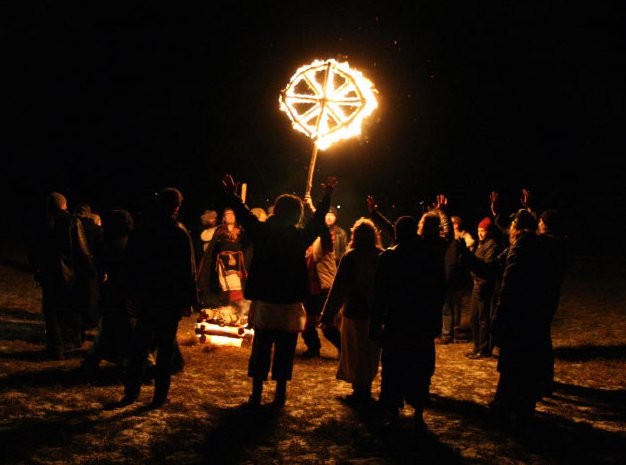
In Europe, these days began a 12-day cycle of pagan festivities dedicated to the winter solstice, which marked the beginning of a new life and the renewal of nature.
On the day of the winter solstice in Scotland it was customary to launch the sun wheel - the "solstice". The barrel was smeared with burning tar and let down the street. The wheel is a symbol of the sun, the spokes of the wheel resembled rays, the rotation of the spokes during movement made the wheel alive and looked like a luminary.
The winter solstice was determined before all other seasons in China (there are 24 seasons in the Chinese calendar). AT ancient China it was believed that from that time the male force of nature rises and a new cycle begins. The winter solstice was considered a happy day worthy of celebration. On this day, everyone - from the emperor to the commoner - went on vacation. The army was brought into a state of waiting for orders, border fortresses and trading shops were closed, people went to visit each other, gave gifts. The Chinese made sacrifices to the god of Heaven and ancestors, and also ate porridge made from beans and sticky rice to protect themselves from evil spirits and diseases. Until now, the winter solstice is considered one of the traditional Chinese holidays. 
In India, the winter solstice - Sankranti - is celebrated in Hindu and Sikh communities, where bonfires are lit on the night before the celebration, the heat of which symbolizes the warmth of the sun, which begins to warm the earth after winter cold. With the advent of Christianity ancient holiday winter solstice was timed to coincide with Christmas and the beginning winter Christmas time. According to custom, on the longest night of the year, they caroled, guessed at the future.
Magic rituals of the winter solstice
• This is a great day to do a meditation to mark new beginnings and projects. If you have something new in mind, make time for this day, because meditations for the winter solstice are especially powerful.
• The winter solstice is a good day for those who are engaged in spiritual self-development, it inspires the opening of spiritual spaces and reveals past lives.
• The day is suitable for rituals for the fulfillment of desires. if you have cherished desire, guess it on the day of the rebirth of the Sun.
• Conduct rituals of healing, prosperity, gaining strength and wisdom.
• Divination of the winter solstice gives accurate results. 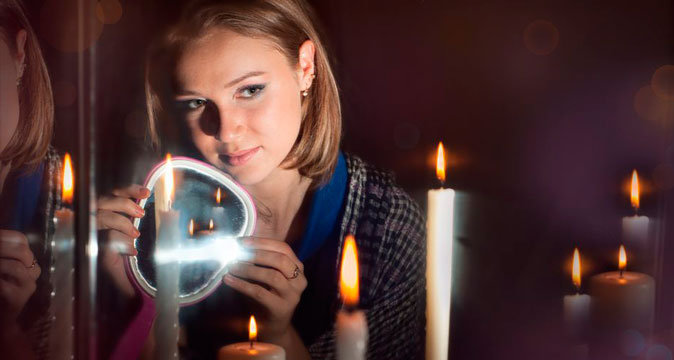 The room where the ritual or meditation is performed is decorated with dry leaves, nuts and fruits. 13 candles, decorated with symbols of the Sun, are placed in the center of the ritual altar. To flavor the air, it is good to use juniper, cedar, pine and rosemary oils.
The room where the ritual or meditation is performed is decorated with dry leaves, nuts and fruits. 13 candles, decorated with symbols of the Sun, are placed in the center of the ritual altar. To flavor the air, it is good to use juniper, cedar, pine and rosemary oils.
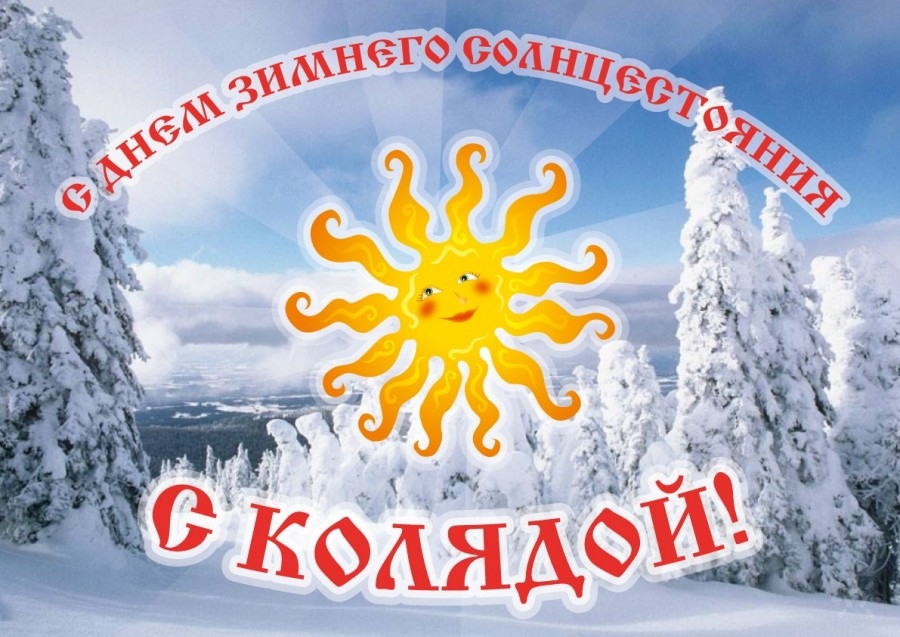
solstice
In 2017, the winter solstice falls on December 21 at 16:28 UTC or 19:28 Moscow time. The Winter Solstice is a wonderful moment for the return of positive creative energy, which is reborn and begins to accumulate, opening a new cycle of its development: the New Year is born!
Solstice or « Solstice « this time is usually called because for several days preceding the phenomenon and following it, the sun practically “freezes” above the horizon at the same height every noon, almost without changing the declination. Then the light gradually, at first very slowly, begins to rise again. On this stage daylight hours gradually begin to increase, until the onset of the second,
summer solstice. On the day of the winter solstice, the sun rises to its lowest height above the horizon, nature freezes, peace, stability and constancy reign in the world. This quiet, powerful energy of peace permeates everything around - the sky, the stars, the trees, and the snow. Everything radiates peace and quiet joy.
Ethe very better days in a year when you can really change your destiny. That is, to be reborn in the same way as the Sun. Three days before December 21 and three after is an energetically charged time. Strong flows of energy descend on Earth, which activate the matrix of creation. During the longest night, you can not only guess, but also engage in spiritual practices, meditate, make wishes and develop your magical abilities.According to ancient legend, a wish made on the night of the winter solstice will surely come true, and oaths and promises will bring a lot of positive changes. Moreover, at this time good results will bring: healing rituals, rituals for gaining wisdom, strength and attracting prosperity. On the day of the winter Solstice, you can guess in any way, using ancient fortune-telling using various items, runes, and divination on various symbolic and metaphorical cards (Tarot). At this time, you need to mentally or in meditation get rid of everything unnecessary, obsolete, both in your home and in your soul. You can write on paper whatever you want to get rid of and burn it. And in the morning, try to meet the sunrise and congratulate him on his birth, thank him for everything that he gives us. The sky is opening and strong flows of energy are coming to Earth.
It is favorable to make plans for the whole year (preferably write in a notebook), make wishes, use intention, conduct meditations for yourself and for the whole Earth. All this will have special power thanks to natural rhythms. You can not be sad, offended, swear, remove damage, the evil eye is in no case impossible.
The winter solstice is the time to recharge with positive energy. .
This is a time of Hope and Opportunity. Should I miss this chance?
Rites and traditions
The astronomical arrival of winter, spring, summer and autumn among the ancient peoples has always been considered the main holidays - Days of Power. These are the days of the summer and winter solstice, and the spring and autumn equinoxes. It was believed that on the day of the winter solstice all sorts of boundaries between the worlds of spirits, people and gods are erased, and direct communication between them is possible.
 The day of the winter solstice in Slavic is called Kolyada. All holidays associated with the movement of the sun were the most significant among all peoples. For ancient people, each change of year was important and carried with it life meaning. In December, they met winter and the Sun, after the darkest night, it took on a new birth, and therefore it was believed that this was a new Sun. Kolyada is also called "White Svyatki". In Kolyada, it was customary to give round rolls. The main attribute of the festival was a fire depicting and invoking the light of the sun, which, after the longest night of the year, had to rise higher and higher.
The day of the winter solstice in Slavic is called Kolyada. All holidays associated with the movement of the sun were the most significant among all peoples. For ancient people, each change of year was important and carried with it life meaning. In December, they met winter and the Sun, after the darkest night, it took on a new birth, and therefore it was believed that this was a new Sun. Kolyada is also called "White Svyatki". In Kolyada, it was customary to give round rolls. The main attribute of the festival was a fire depicting and invoking the light of the sun, which, after the longest night of the year, had to rise higher and higher.
In Europe, these days began a 12-day cycle of pagan festivities dedicated to the winter solstice. The ancient Germans were celebrating Yule(means rotation, torsion, wheel, turn). Yule was considered pagan holiday, but was also held in Christian times, combined with Christmas.
In France, on the days of the winter solstice, there are also colorful festivals and costume balls.
On the day of the winter solstice in Scotland it was a custom to start the sun wheel - « Solstice. The barrel was smeared with burning tar and let down the street. The wheel is a symbol of the sun, the spokes of the wheel resembled rays, the rotation of the spokes during movement made the wheel alive and looked like a luminary.
The winter solstice was determined before all other seasons in China (there are 24 seasons in the Chinese calendar). In ancient China, it was believed that from this time on, the male force of nature rises and a new cycle begins. The winter solstice was considered a happy day worthy of celebration. On this day, everyone - from the emperor to the commoner - went on vacation. The army was brought into a state of waiting for orders, border fortresses and trading shops were closed, people went to visit each other, gave each other gifts.
In India, the winter solstice is Sankranti- celebrated in Hindu and Sikh communities, where on the night before the celebration bonfires are lit, the heat of which symbolizes the warmth of the sun, which begins to warm the earth after the winter cold. In the center festivities always present adorned with flags and flower garlands chariot, symbolizing the life path of man.
The winter solstice was celebrated in Persia as the birth of the sun god. Mithras, which was supposed to defeat winter and make way for the coming spring.
celebration winter solstice in tradition different peoples has a lot in common. The central place has always been given to the customs of commemoration, attempts to win the favor of the forces that visited the world on the darkest night. Many of the rituals of antiquity have come down to today. For example, Christmas tree became the "heiress" of the decorated tree, symbolizing life - the main attribute of Yule. The tradition of giving gifts, carols and treats on holy days reflect the ceremonies of sacrifice. And New Year's lights and candles now represent bonfires, which were designed to both protect and help in communicating with spirits and mysterious forces.



